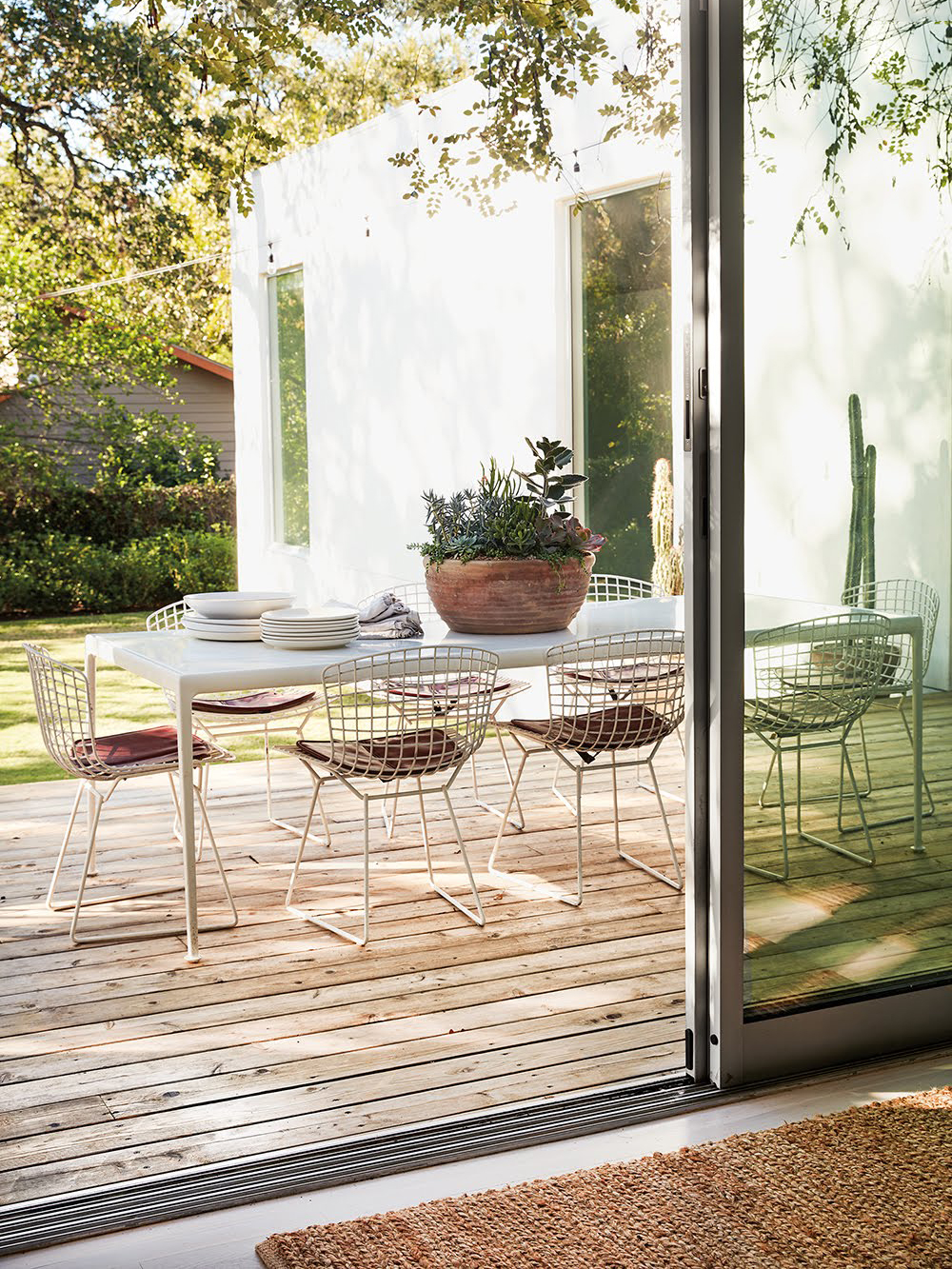We may earn revenue from the products available on this page and participate in affiliate programs.
A good renovation checks all the boxes; it can increase the value of your home, make it more pleasant to live in, and eventually help you to sell it for more money. But ultimately, it requires a decent amount of cash to make it happen—except for one upgrade that will end up helping you save money in the long-run: going net-zero.
Net-zero buildings are exactly what they sound like: Structures that produce all the energy they need, so your monthly bill amounts to a delightful $0 (and Mother Nature will thank you too). “Energy-saving projects are the only home improvements that pay for themselves,” says Bruce Sullivan, building energy consultant for Zero Energy Project. “Properly planned and implemented, a return on efficiency will equal or exceed the monthly cost of the project.” Sign us up.
But here’s the thing: Making a structure net-zero isn’t always so simple, especially if you’re remodeling an older home that hasn’t been optimized according to current energy standards. Here’s what goes into it.
It depends on your home’s age, build, and location
Your energy use, Sullivan explains, depends on your home’s age, size, insulation, air leakage, efficiency of equipment like your heater and AC, the climate, and the cost of the energy itself. If you live in a colder area, where you have high heating bills, or in a hot place, where you end up spending a lot of money on air conditioning, going net-zero can save you a ton in the long run.
But there are some things everyone can do
Even if your home is extremely old and nowhere near energy efficient, there are two main renovations that you can make to at least cut down on your energy bill. The first is to optimize the insulation on your roof, according to architect Marlene Imirzian, who recently designed a free-to-download net-zero single-family home (essentially, it needs to be as close to the roofline as possible). Then she recommends taking a look at the glazing and insulation of your windows and doors. Basically, more glazing and a tighter seal will help keep your home warmer in the winter and cooler in the summer by preventing air from escaping and the sun from overheating it.
A good solar energy system always helps
Once you’ve improved the insulation, it’s time to consider actually generating your own energy through solar panels. While there are plenty of affordable systems out there (even from IKEA!), if you’re trying to get to net-zero, be prepared to shell out a little more for ones that can really get the job done.
“It’s not about just being able to generate the power—it’s also being able to store the power,” Imirzian says. This is especially crucial in colder climates, where it might be tough to get enough sun in the wintertime. A powerful battery is the key to you not needing to stress out that you left your bedside lamp on after it’s been raining a full week.
New builds don’t have to be complicated
It’s impossible to generalize the price of going net-zero because every home requires different updates, but that’s not the case if you’re starting from the foundation with a new build. Sullivan says that you can expect to spend just 8 percent to 10 percent more than you would if you built a less efficient home—a cost that ends up paying itself pretty quickly, depending on what you were spending on electricity before.
It’s also not as difficult to construct a net-zero structure from scratch as you’d think, which is exactly what Imirzian sought to prove with her HomeNZ project. “I think there’s a perception that in order to build a high-performing home, it has to be an unusual, unique house. But it’s not that unique. There are simple methodologies to do it,” Imirzian says. “The assembly is easily explained so you and your builder can take a look at it and incorporate its fundamentals into your project.”
When it comes down to it, she says that making sure the building has a continuous insulation envelope and the windows have the right percentage of glazing are the foundation of energy efficiency. “That sounds simplistic,” she says. “But in fact, it is kind of simplistic.”
The right expert can lead the way
That said, this is not an overhaul that you can or should do on your own—call in the pros. While Sullivan says that it might be tricky to find a contractor who’s totally up-to-date on the latest and greatest in energy efficiency, he recommends working with a certified home performance professional, who can take a look at your home and figure out the best plan of action, whether that’s investing the time and money in pushing toward full-on net-zero or simply making a few tweaks. Why not get started with the tools you already own?
See more on sustainability: 7 Easy Ways to Turn Your Tiny Apartment Into a Greenhouse Everything on This New Decor Site Helps the Planet Could You Go Trash-Free for 24 Hours?
